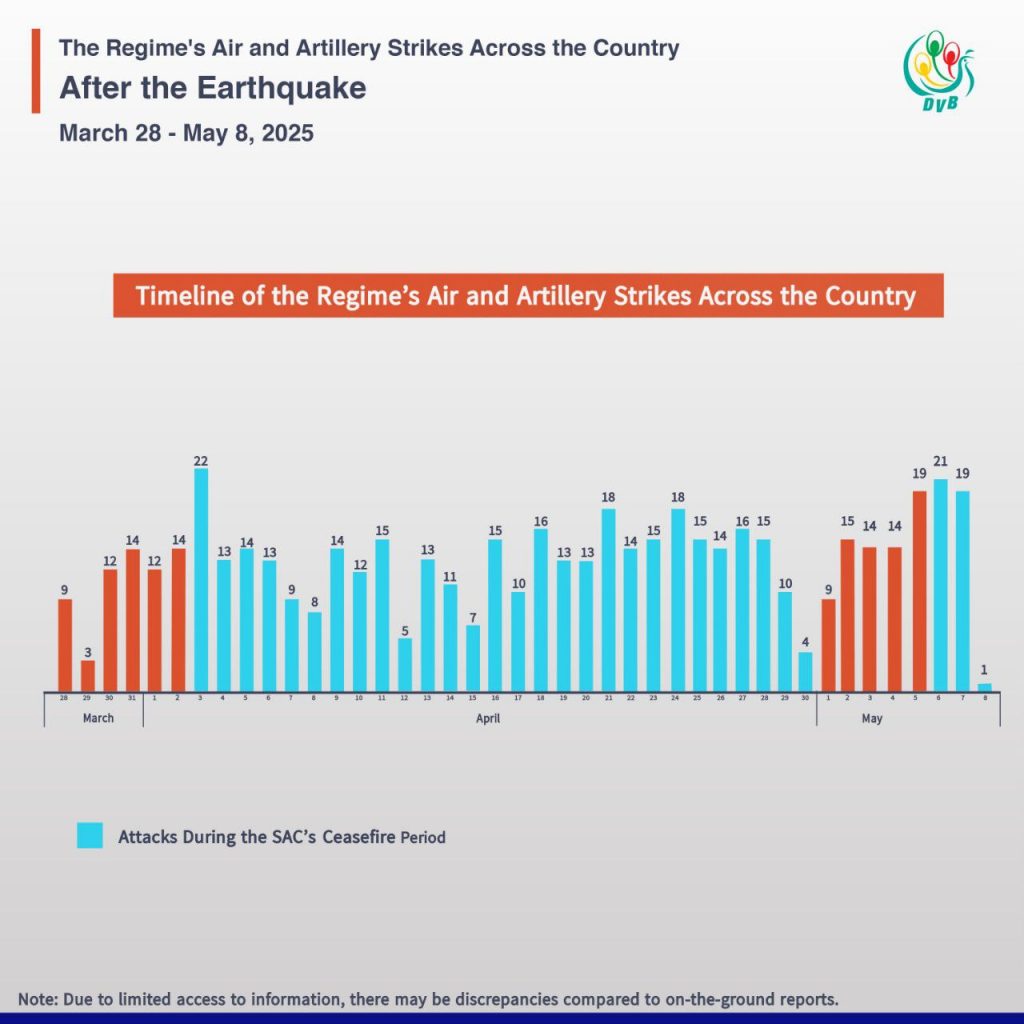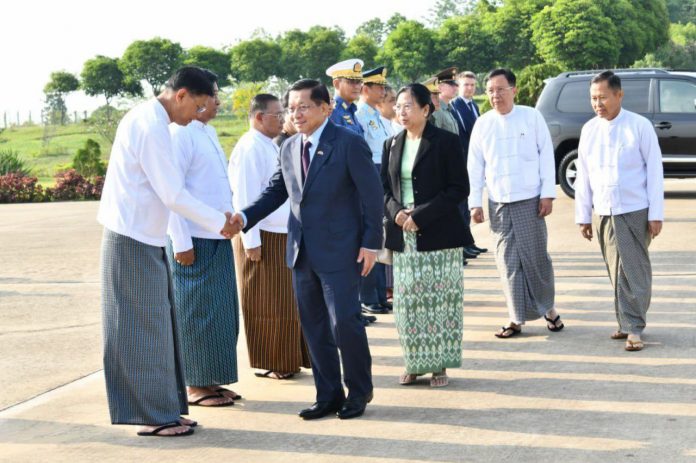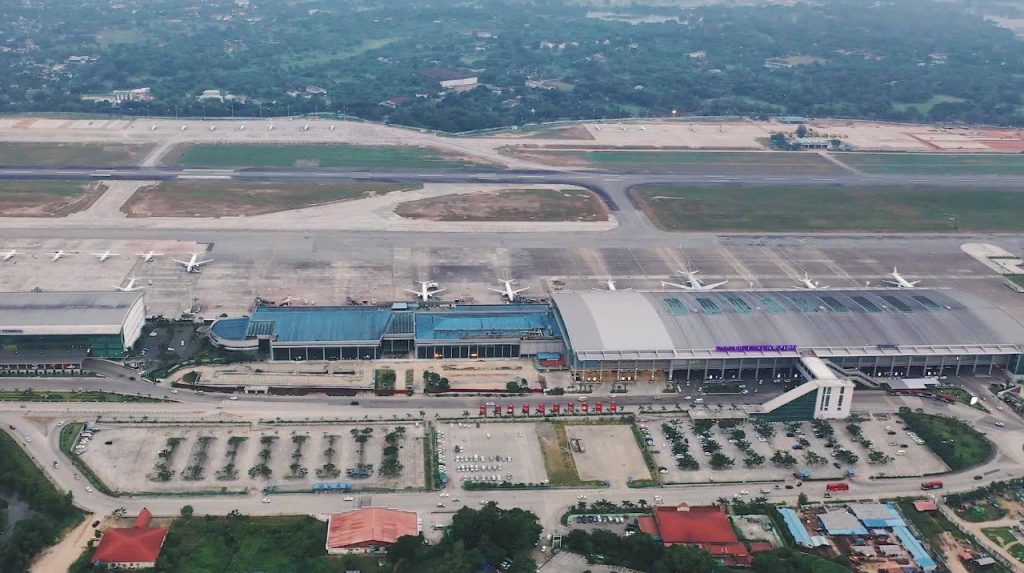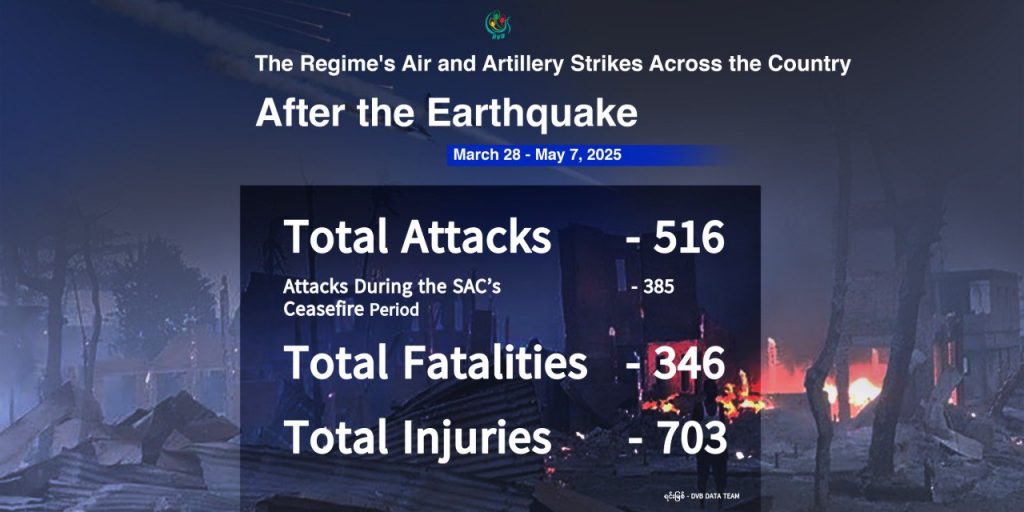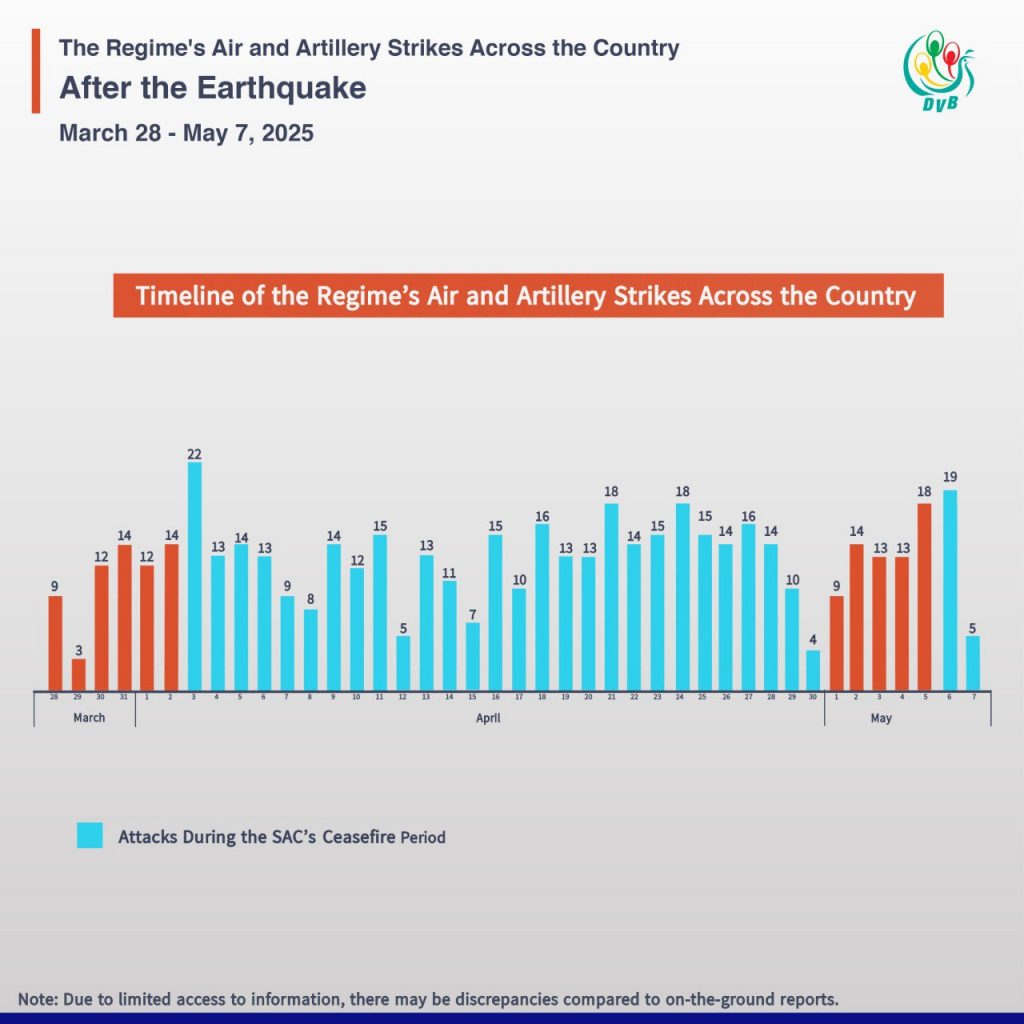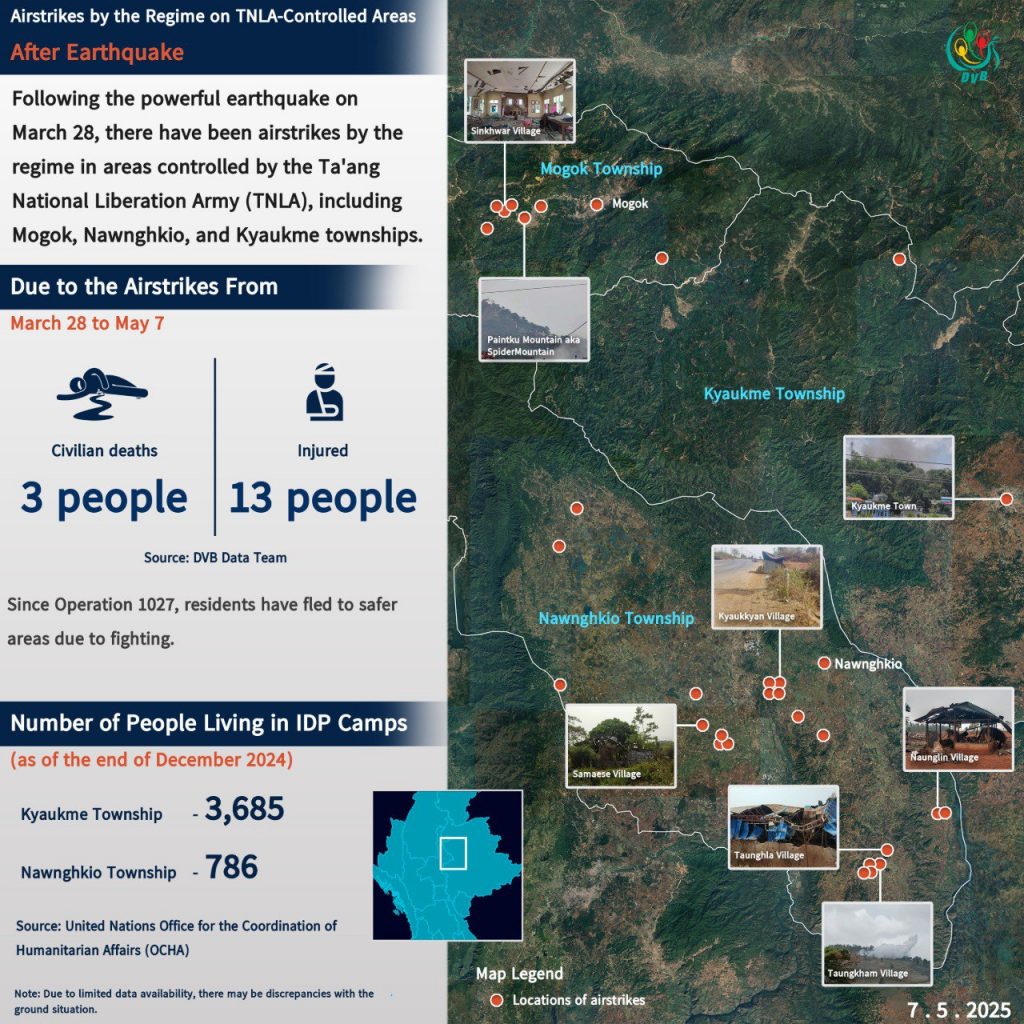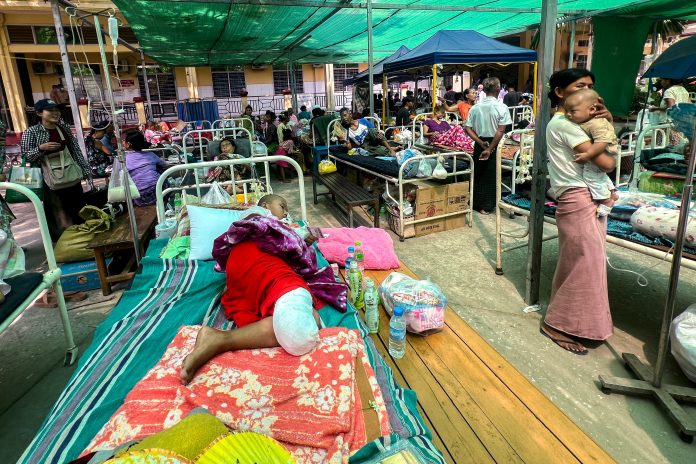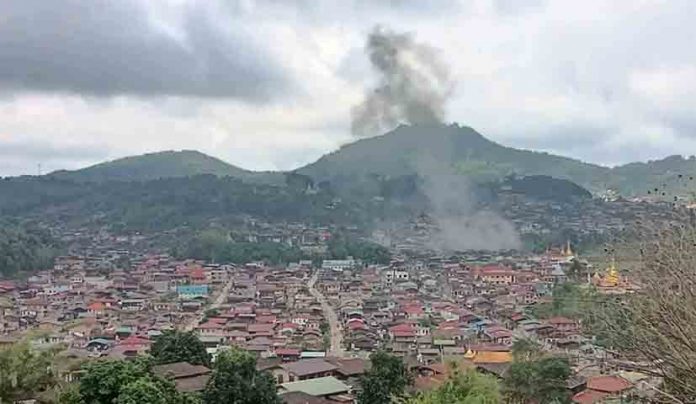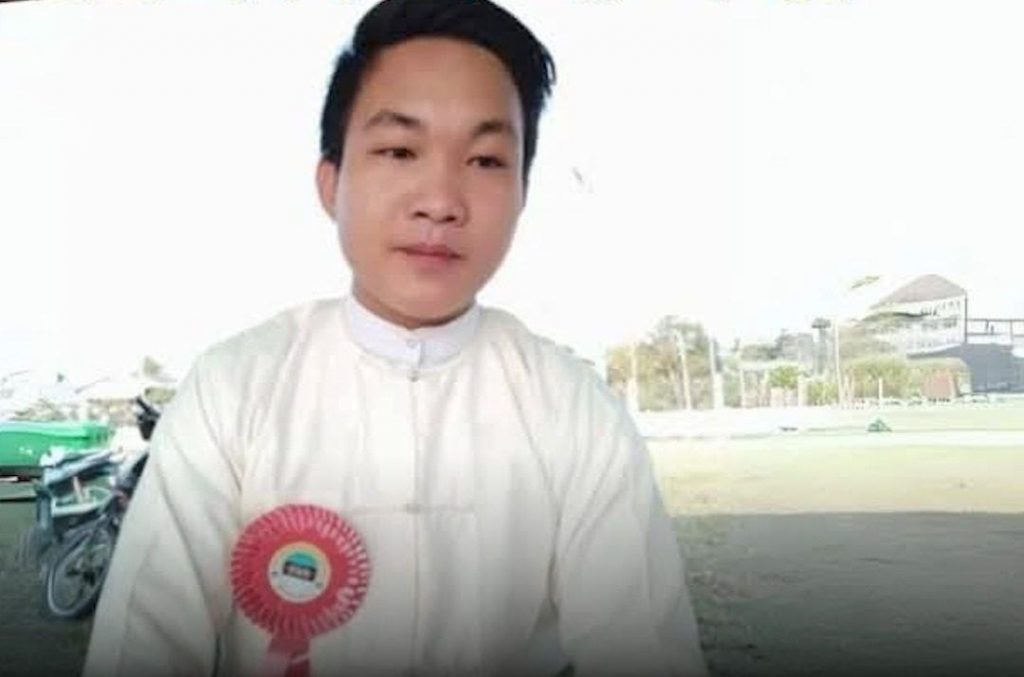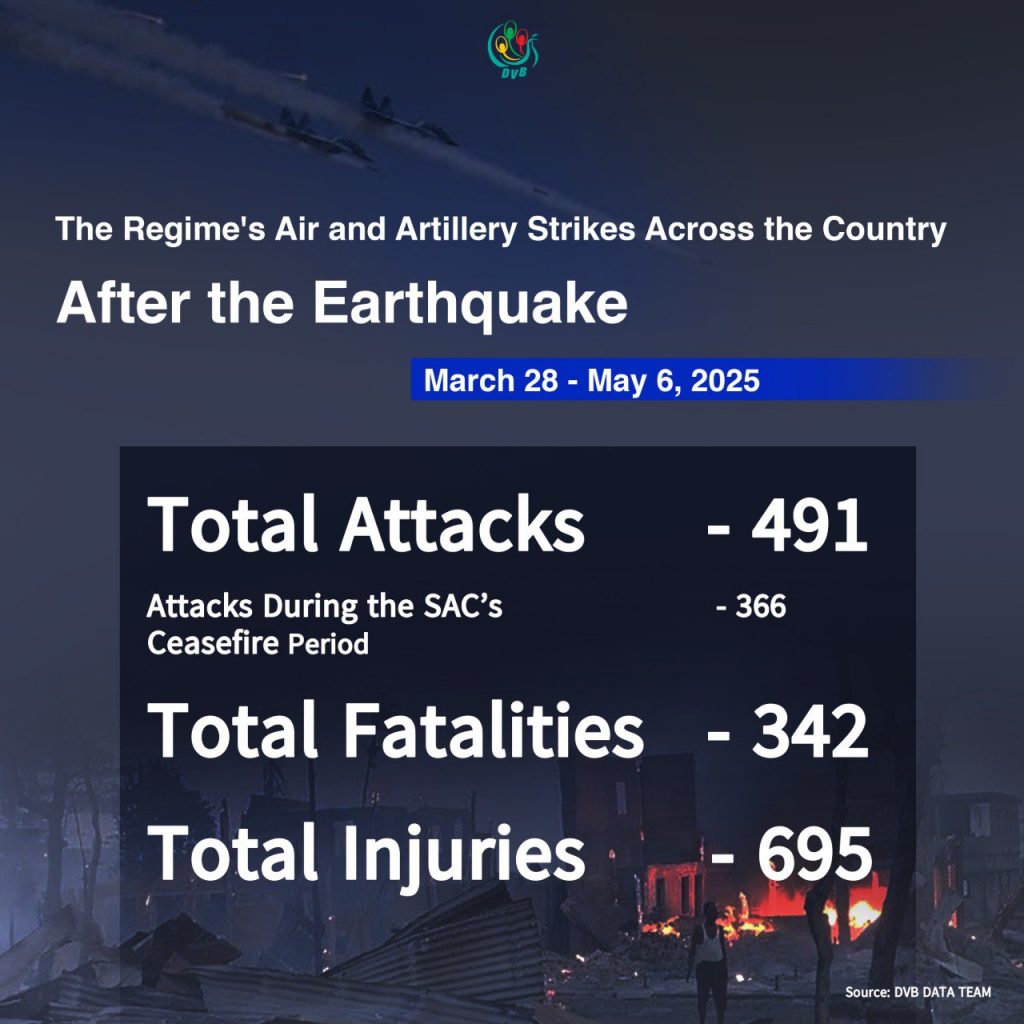Sixty-four prisoners at Mandalay’s Obo Prison killed during quake
The Political Prisoners Network Myanmar (PPNM) stated on Thursday that 41 political prisoners were among the 64 inmates killed by wall and roof collapses inside Obo Prison in Mandalay Region during the March 28 earthquake. It added that over 140 political prisoners were injured and four of them lost limbs.
A pregnant female political prisoner was injured during the quake, resulting in the death of her unborn child, according to the statement. Doctors did not remove the fetus until April 14, and she later died from a uterine infection. The 41-year-old woman was arrested in October and facing trial for alleged incitement against the military under Section 505(a) of the Penal Code.
A previous statement from PPNM on Tuesday claimed that nine political prisoners had died in prisons across the country between January and April due to inadequate healthcare. The Assistance Association for Political Prisoners (AAPP) has documented 22,201 political prisoners currently in detention.
Myanmar farmers unable to resume agricultural practices post-quake
Farmers in central Burma told DVB that the quake has prevented them from resuming their agricultural practices ahead of the upcoming rainy season. The quake damaged over 3.7 million hectares of farmland in the hardest-hit regions of Sagaing, Magway, Mandalay, Naypyidaw, and southern Shan State, the U.N. Food and Agriculture Organization (FAO) stated on April 11.
“I can no longer use my farmland as the ground collapsed and sank to almost the height of one person,” a farmer from a village in Tatkon Township of the capital Naypyidaw told DVB on the condition of anonymity. He added that one of his cattle was killed and another injured in the earthquake, making him unable to plow his fields.
The FAO added that it is seeking $8.3 million USD to assist nearly 71,000 people in the most affected rural areas between April and September this year. Naypyidaw, located 172 miles (276 km) south of the earthquake epicenter in Sagaing Region, reported 617 bodies recovered, according to DVB data. The regime toll is 3,791 killed, 5,106 injured, and 88 missing.
Talks between Shan State ethnic armed groups end without agreement
Sources close to the Myanmar National Democratic Alliance Army (MNDAA) and the Shan State Progress Party (SSPP), the political wing of the Shan State Army (SSA), told DVB on Wednesday that talks between the two armed groups ended without an agreement in April. It was held in Pangsang, located in the Wa Self-Administered Zone 169 miles (271 km) east of the northern Shan State’s Lashio Township.
The deadlock reportedly followed an MNDAA demand that the SSPP withdraw from certain areas in northern Shan. “It’s very difficult to reach an agreement because the MNDAA wants the [SSA] out of areas stretching all the way to Muse-Namkham and beyond. At this point, it doesn’t look like they are in alliance anymore,” a source close to both ethnic armed groups told DVB on the condition of anonymity.
Tensions have been rising since the launch of Operation 1027 on Oct. 27, 2023, during which the MNDAA and its fellow Brotherhood Alliance member, the Ta’ang National Liberation Army (TNLA), captured 23 towns in northern Shan from regime forces. Some of these areas had SSA forces stationed inside, according to sources close to the SSPP.
News by Region
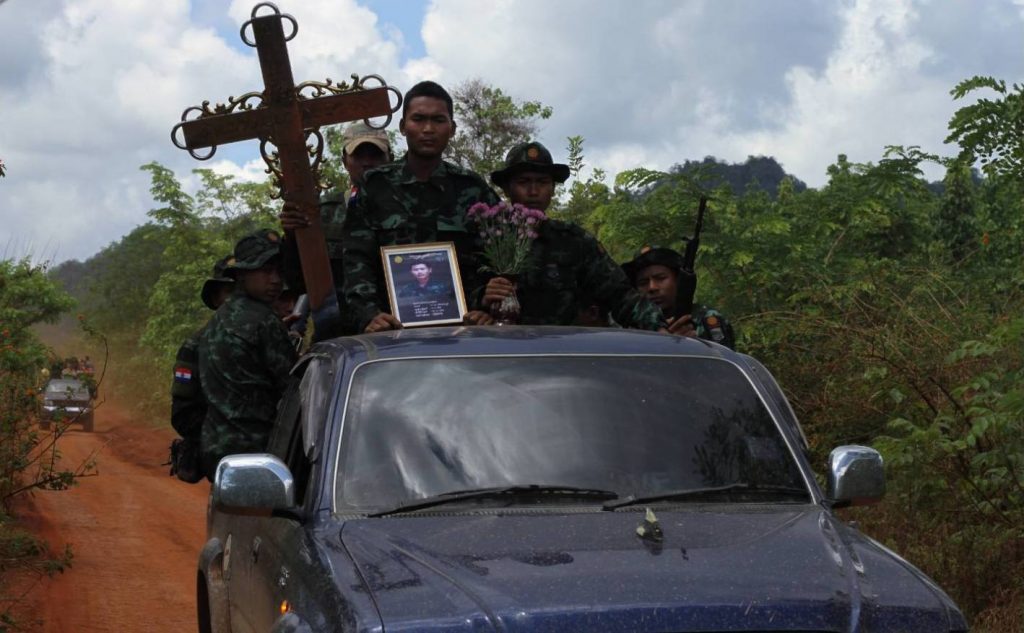
SHAN—Resistance groups announced on Wednesday that three members were killed by regime forces in Moebye town of Pekon Township last week. Moebye is located 100 miles (160 km) south of the Shan State capital Taunggyi and 11 miles (17 km) north of the Karenni State capital Loikaw.
“We couldn’t recover one body since the regime troops used it as a decoy,” a member of the Shan South National Defence Force/Karenni Nationalities Defence Force (SSNDF/KNDF) told DVB. The Kayan National Army (KNA) told DVB that one of its fighters was killed in an artillery attack.
MANDALAY—Ten civilians were injured by airstrikes in Yayhtwak village of Thabeikkyin Township on Wednesday, according to the People’s Defence Force (PDF) in Pyin Oo Lwin. At least 24 civilians have been reportedly killed in the village by two previous airstrikes since April 19.
Thabeikkyin is located 90 miles (144 km) north of Mandalay and has been under the control of the National Unity Government (NUG) since Aug. 25. The regime has killed at least 349 people in 538 air and artillery strikes since March 28 with 403 since its ceasefire began on April 2.
AYEYARWADY—Residents of Lemyethna Township told DVB that at least 30 houses and rice storage buildings were damaged by airstrikes May 6-7. The attacks targeted three villages in the township, located 75 miles (120 km) northwest of the region’s capital Pathein.
“The military claimed the villages were Arakan Army strongholds,” a resident told DVB. No casualties were reported. Fighting between regime forces and the Arakan Army (AA) broke out in the west of Lemyethna from April 15-18.
At least four civilians, including a Buddhist monk, were killed and over 200 homes in seven villages were destroyed by at least 40 airstrikes in March and April, according to local sources. The regime announced an extension of its April ceasefire on Tuesday until May 31.
(Exchange rate: $1 USD = 4,410 MMK)

